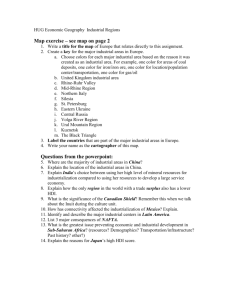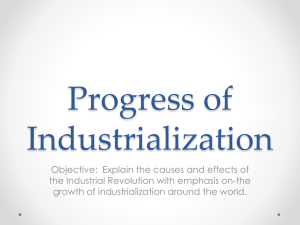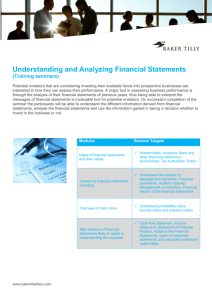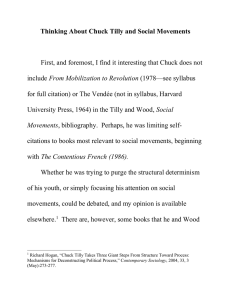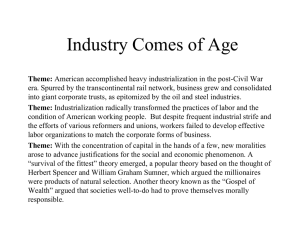extended
advertisement
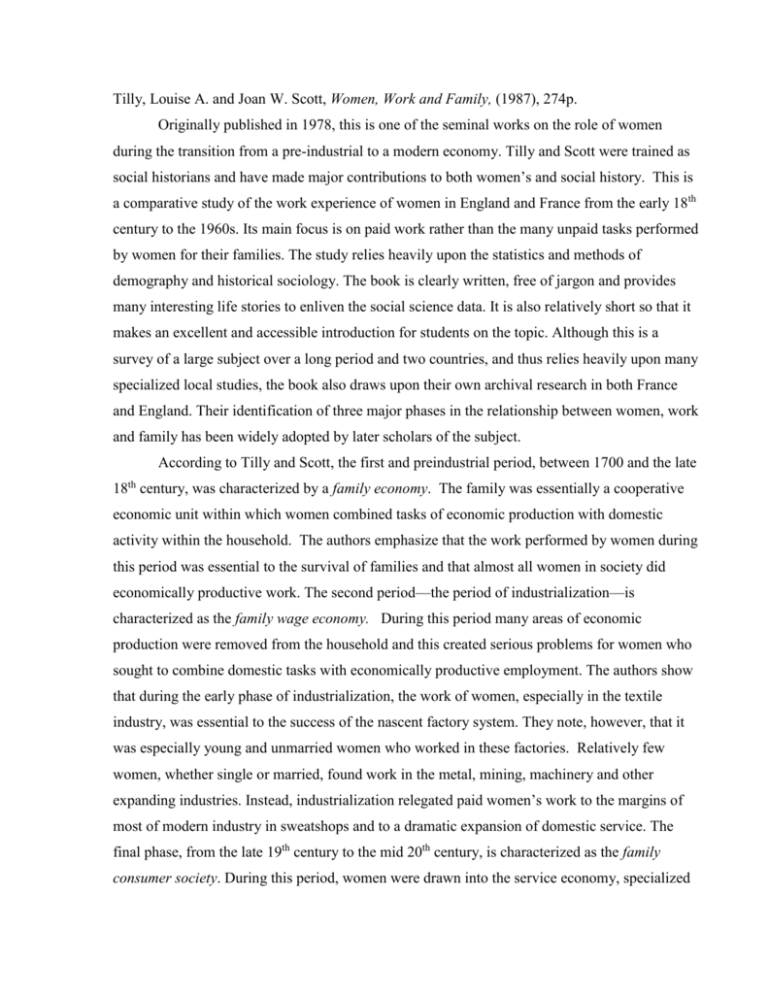
Tilly, Louise A. and Joan W. Scott, Women, Work and Family, (1987), 274p. Originally published in 1978, this is one of the seminal works on the role of women during the transition from a pre-industrial to a modern economy. Tilly and Scott were trained as social historians and have made major contributions to both women’s and social history. This is a comparative study of the work experience of women in England and France from the early 18th century to the 1960s. Its main focus is on paid work rather than the many unpaid tasks performed by women for their families. The study relies heavily upon the statistics and methods of demography and historical sociology. The book is clearly written, free of jargon and provides many interesting life stories to enliven the social science data. It is also relatively short so that it makes an excellent and accessible introduction for students on the topic. Although this is a survey of a large subject over a long period and two countries, and thus relies heavily upon many specialized local studies, the book also draws upon their own archival research in both France and England. Their identification of three major phases in the relationship between women, work and family has been widely adopted by later scholars of the subject. According to Tilly and Scott, the first and preindustrial period, between 1700 and the late 18th century, was characterized by a family economy. The family was essentially a cooperative economic unit within which women combined tasks of economic production with domestic activity within the household. The authors emphasize that the work performed by women during this period was essential to the survival of families and that almost all women in society did economically productive work. The second period—the period of industrialization—is characterized as the family wage economy. During this period many areas of economic production were removed from the household and this created serious problems for women who sought to combine domestic tasks with economically productive employment. The authors show that during the early phase of industrialization, the work of women, especially in the textile industry, was essential to the success of the nascent factory system. They note, however, that it was especially young and unmarried women who worked in these factories. Relatively few women, whether single or married, found work in the metal, mining, machinery and other expanding industries. Instead, industrialization relegated paid women’s work to the margins of most of modern industry in sweatshops and to a dramatic expansion of domestic service. The final phase, from the late 19th century to the mid 20th century, is characterized as the family consumer society. During this period, women were drawn into the service economy, specialized in dealing with children, worked education and health care, and managed the family’s consumption. The overall conclusion of this pioneering study is that most women’s employment did not benefit them directly during the period of the industrial revolution. Instead, it diminished their opportunities for productive and paid employment. Families adopted to the new wage economy by sending their children, including the girls, out for paid employment while the male head of household sought to obtain a ‘family wage’ and most married women earned whatever was possible in supplementary work inside or near the home. They suggest that, despite the suffering that the industrial revolution inflicted upon the lives of many women and children, both women and men were able to pursue family strategies that permitted a remarkable continuity in family life. At the same time, industrialization helped create ideals of domesticity, laws that controlled the working lives of women, new patterns of fertility and work, and the rise of the male demand for a "family wage.” It was these basic factors that combined to construct the classic gender roles of 19th century industrial society and which retain a powerful influence in our own time. Tilly and Scott’s framework has been amplified, developed and made much more nuanced by a great deal of subsequent research but this early framework on women, work and family remains highly influential in more recent interpretations and remains an excellent introduction to this topic.




